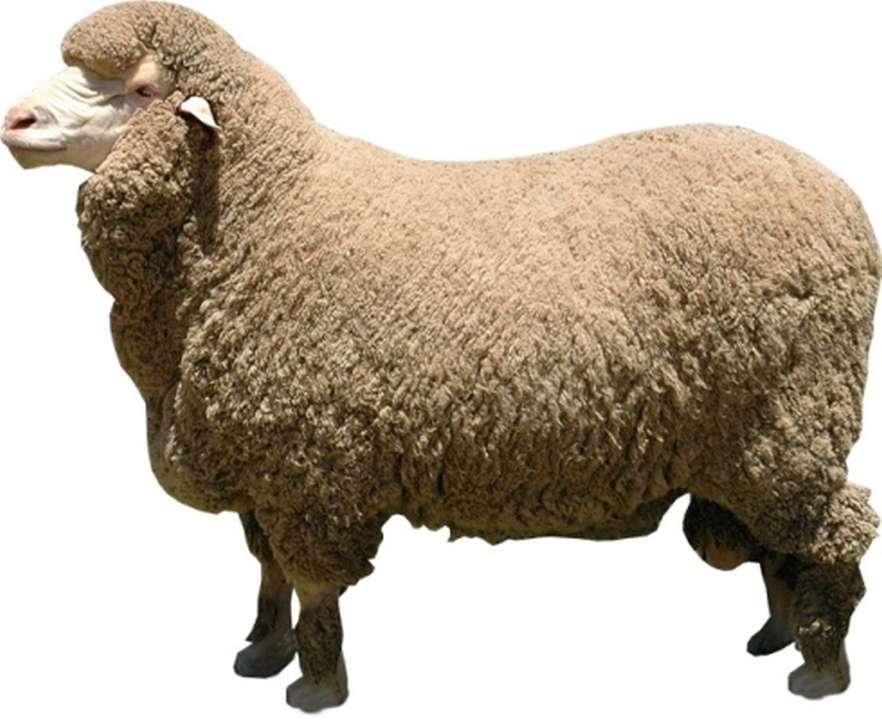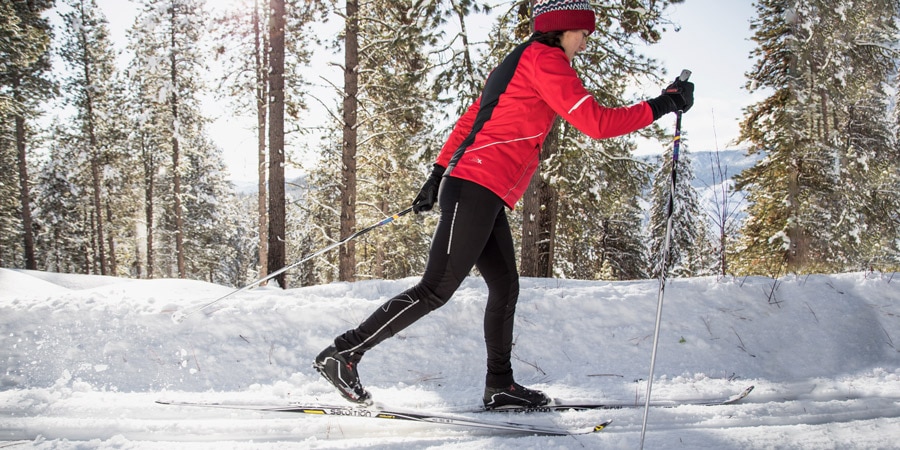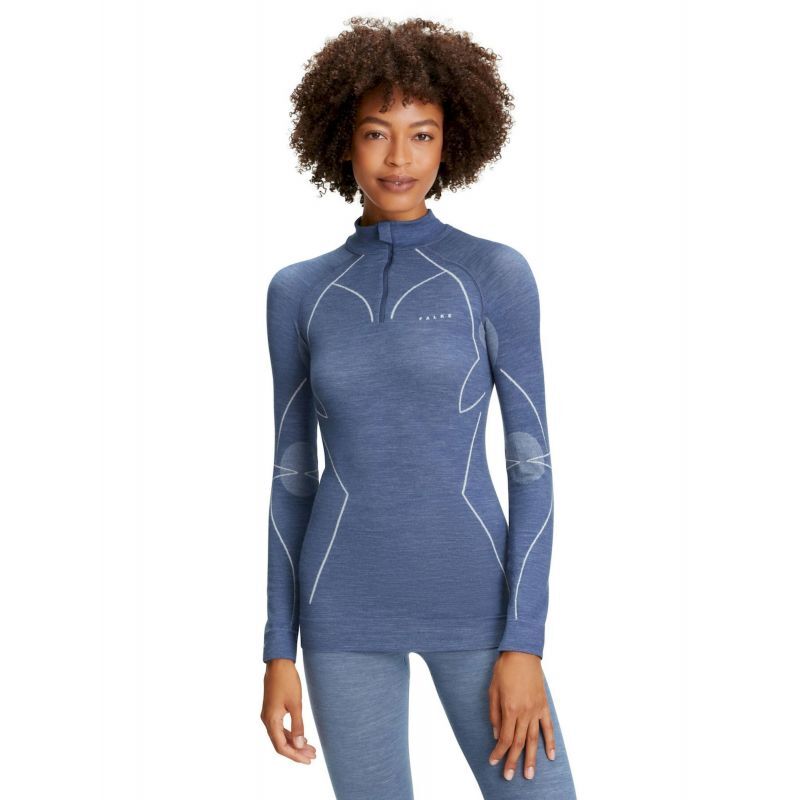Handy News To Selecting Merino Wool Base Layers For Hiking
Wiki Article
How Do Merino Sheep Stack Up To Other Varieties Of Sheep
Merino sheep differ from other types of sheep in many ways. Fine wool Merino sheep are known for their fine wool, which is softer and finer than the wool of other breeds of sheep. Merino wool is highly prized due to its warmth and versatility.
Adaptability - Merino sheep are able to adapt to all climates and environmental conditions. They are able to thrive in both warm and cold climates. They are able to tolerate a variety of temperatures.
Resilience- Merino sheep have a reputation for their toughness and resilience. They can endure harsh weather conditions and are resistant to many common sheep diseases.
Fertility- Merino sheep are fertile, and can produce multiple offspring during one pregnancy.
Merino sheep's patterns of grazing are distinctive. They have a distinct way of grazing that is healthy for them. They tend to graze in an adroit and careful manner, which helps them to avoid consuming toxic plants, or overgrazing.
BreedingThe breeding process Merino sheep are selectively bred in order to produce the highest quality wool. This has resulted in a wide variety of Merino sheep breeds, each with their own characteristics and unique characteristics.
Merino sheep have a long-standing tradition of being highly sought-after for their high-quality soft, flexible wool, as well as other distinctive characteristics. They are a valuable resource to the wool industry and are highly regarded by farmers all over the globe.

What Are The Various Types Of Base Layers Made Of Merino Wool Used In Garments?
Because of its exceptional breathability and moisture-wicking properties Merino wool base layers are very well-liked in clothing. Here are some Merino and Merino wool baselayers. They are typically made of thin and breathable fabrics that are easy to layer over other clothes.
Base layers that are midweight: Midweight Merino base layers are for cooler weather. They typically consist of an extra thick and insulation fabric that offers warmth and comfort in colder temperatures.
Base layers that are heavyweight: Merino-wool heavyweight base layers can be used in extreme cold weather conditions. They are constructed from an extremely warm and thick fabric that provides insulation and shielding from elements.
3/4-length base layers - 3/4 length Merino Wool base layers are designed to offer warmth and comfort to your lower body without adding bulk. These base layers are great to layer underneath pants and shorts during colder months.
Long sleeves base layers - Long sleeve Merinowoo base layers are designed to offer warmth and comfort. They typically consist of lightweight and breathable material and can be worn underneath other clothing to provide warmth.
Hooded Merino base layers- Hooded Merino base layers are specifically designed to provide warmth and security. These hoods can be worn over a helmet or other piece of gear and have an hood that is fitted.
Zip-neck base Layers - Zipneck Merino wool layer layers are designed for temperature control. They are typically equipped with a zip-lock collar that can be either opened or closed depending on the weather conditions.
Merino wool base layers are able to be purchased in a variety of styles and weights to suit different tastes and needs. To get the most design and weight it is important to consider the conditions in the weather and the type of activity you are engaging in. Go merino wool base layers blog for blog advice.

What Is The Best Combination For Ski Mid-Layer Clothing Made Of Merino Wool Or Himalayan Yarn?
The mix of Merino Wool and Himalayan Yok wool to make the mid-layer ski will differ in accordance with the weather and individual preferences. Here are a few different choices to think about Merino wool base layer and Himalayan mid-layer yak wool This is an excellent choice for cold weather conditions where warmth is a top priority. The Merino base layer and Himalayan wool mid-layer offer excellent humidity control and temperature regulation. This can provide more insulation as well as warmth.
Merino Wool mid-layer as well as Himalayan Jak wool mid layer-This combination is great for changing weather conditions. Merino Wool's mid-layer can provide warmth, moisture management and the Himalayan Jak Wool mid-layer will add an extra layer of insulation in case you need it.
Merino and Merino wool layers, Merino and Merino wool middle layers, and Himalayan Yok wool middle layers are all good choices for winter conditions. The Merino wool base will provide humidity control and temperature regulation as well as moisture control. Merino wool middle layer will provide warmth. The Himalayan Himalayanyak wool mid-layer will add insulation and warmth.
Layering is an individual choice. The body type of each person, activity level, and weather conditions will determine the best combination. To guarantee comfort and mobility during skiing, layers should be well-fitted and provide full motion. Go go to koraoutdoor.com for outdoor clothes for blog examples.

Merino And Himalayan Himalayanyak Wool Are Superior Than Cotton Polyester Nylon Fleece And Cotton Alternatives For Ski Wear.
Merino and Himalayan wools are superior to nylon, nylon, polyester, cotton and fleece for ski clothes for several reasons. Warmth- Merino and Himalayan wools are extremely efficient insulations, keeping your body warm during cold conditions. Merino and Himalayan wool are lighter than polyester, nylon, and nylon which don't provide much insulation.
Moisture management- Merino and Himalayan wools are extremely effective at managing water. Both fabrics are naturally moisture-wicking. They draw moisture from the skin and transfer it to the outer layer which allows it to evaporate. This is unlike cotton, which absorbs moisture. Cotton can become heavy and uncomfortable when it becomes wet.
Breathability Merino wool or Himalayanyak wool is extremely breathable. This lets air to flow through their fabric. It helps to regulate body temperatures and prevents overheating. This is crucial for clothing designed for skiing, since it allows you to stay at ease while you're ski. The opposite is nylon, polyester and fleece that are less breathable. They trap heat, moisture, and can make you feel uncomfortable.
Comfort- Merino, Himalayan and yak wools are very comfortable and soft. They are stretchy and flexible and can move with you , allowing to move freely. Contrary to this nylon, polyester and fleece may be stiff and uncomfortable, which could limit your movement and result in chafing or discomfort.
Sustainability- Merino Wool as well as Himalayan Yak wool are natural and sustainable fibers that are biodegradable and recyclable. They are less environmentally friendly than synthetic materials, such as polyester and nylon, both of which are made from nonrenewable resources and take longer to decompose.
Merino wool or Himalayanyak wool can offer many advantages over cotton nylon, polyester, nylon, or fleece for ski clothing. They are warm, moisture-wicking, breathable, comfortable, and sustainable and are a good choice for those looking to remain comfortable and safe when skiing.